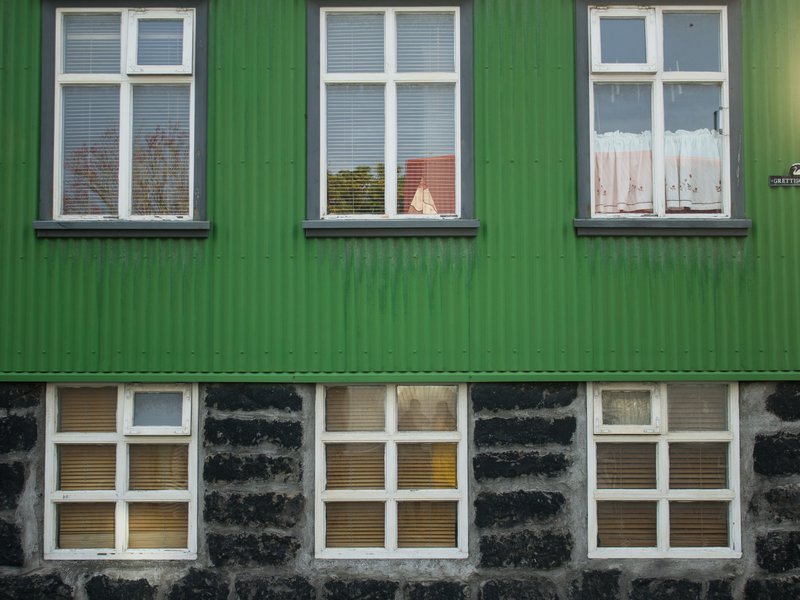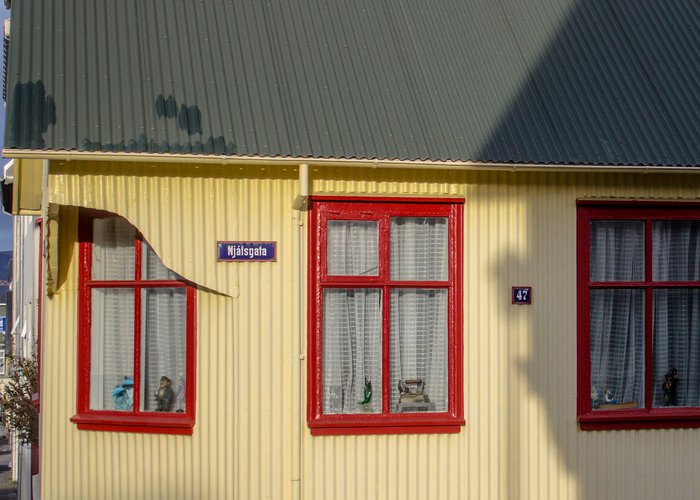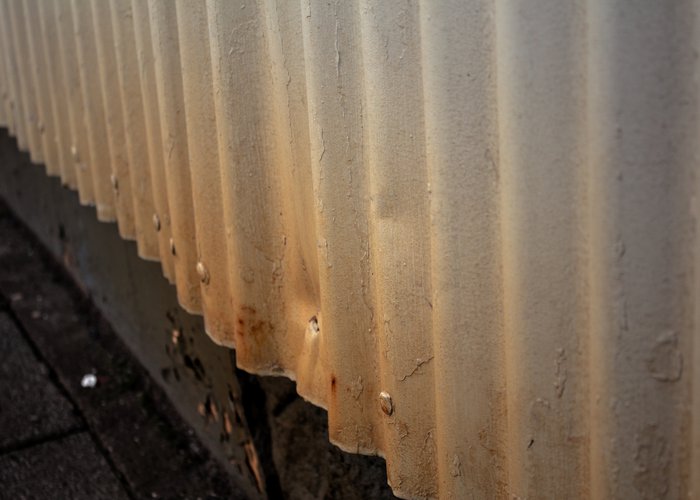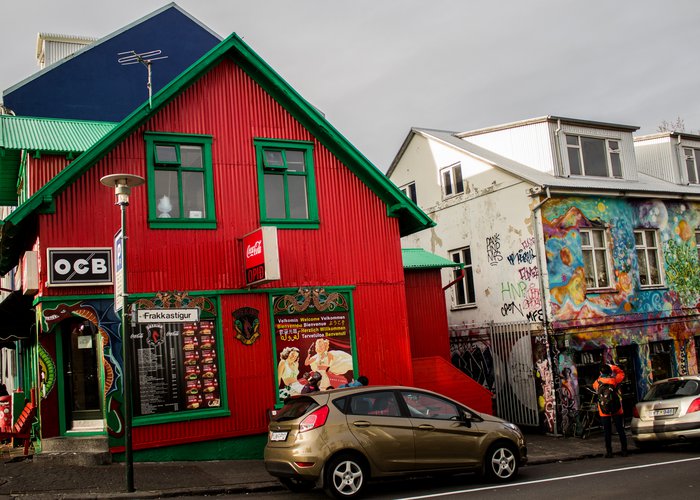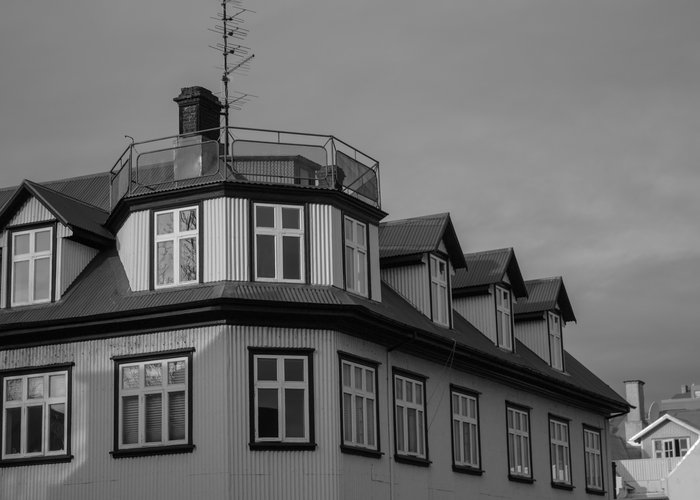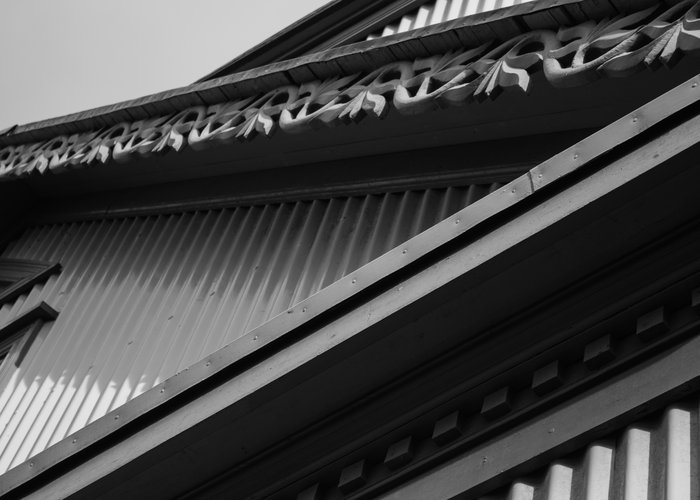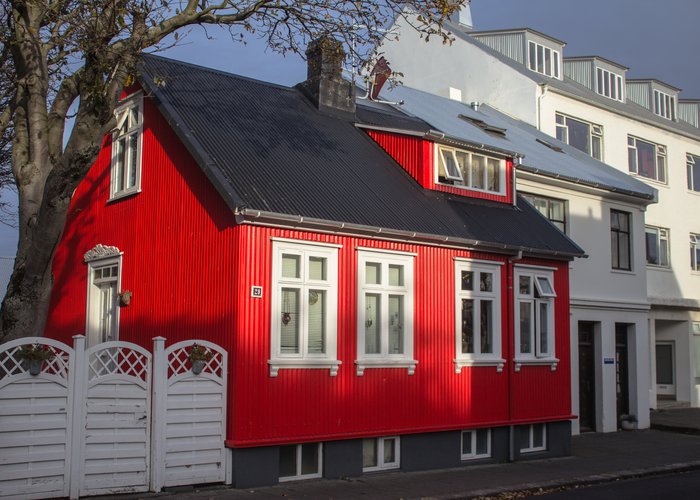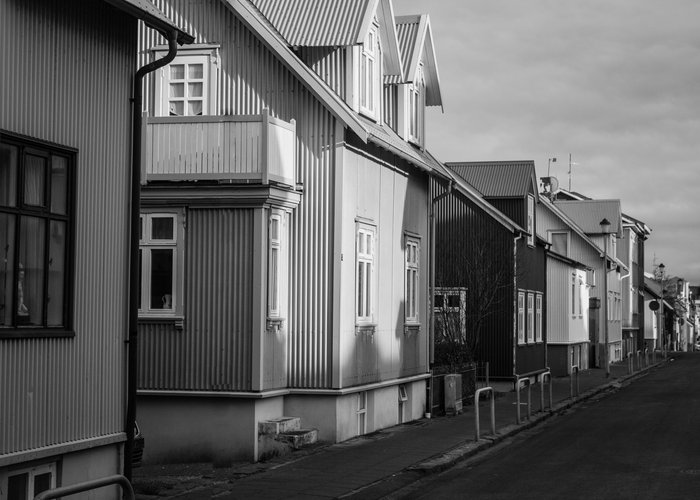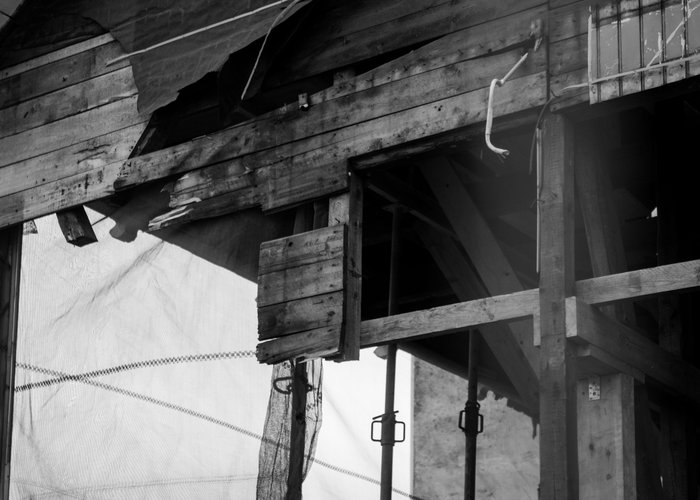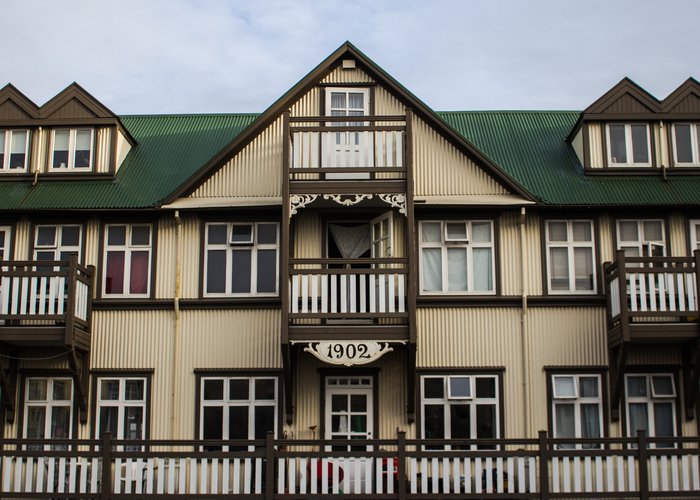New year, new projects. Although not really, because this is a project that I started last year but, with so many things going on, I delegated it for when I didn't have any personal eventuality to publish. Then December came, and I wanted to talk about the festivities ... And so, here we are.
Walking through Iceland, both since I arrived last year, and on my previous visits to the island, I had noticed that its architecture is quite peculiar. I am not talking about large buildings, which are commissioned by famous architects. I speak in general. The houses of the common people, the houses that were used before, styles that have been taken up over the years. Based on my observations, I decided to compile articles on Icelandic architecture. And here is the first one. A note: it is not my intention to do this articles chronologically, but to tell the story behind these buildings and constructions.
If you have ever visited Iceland, or at least seen photographs of the center of Reykjavík, you would have seen the colourful buildings that animate the most touristic area of the city. But if you pay attention to the material of the houses, you will be able to notice an interesting detail. The houses are made of corrugated iron.
Corrugated iron?
In other latitudes, corrugated iron is a material used for industrial buildings. We can usually see it on roofs, or in farms like water tanks or barns. This material was invented at the beginning of the 19th century in England by the architect and engineer Henry Robinson Palmer, and by the middle of the same century, the corrugated iron was exported to various countries, including Iceland.
It’s worth making a small parenthesis. During these years, Iceland was still under the control of the Danish government, the territory, due to its geography and climatic conditions, wasn’t very developed. Most of the population was engaged in activities such as farming or fishing. About the construction materials, of those that preceded corrugated iron, we can mention wood and stone. However, the Icelandic territory had lost most of its forests since the time of the pagan societies (Vikings), so importing wood for construction was not only an expensive task, but a titanic one, since it had to be brought by boat.
Then, the Icelandic ingenuity saw in the corrugated iron, not only a material, but a new architectural and aesthetic concept, using this, not only in the ceiling, but in the entire construction. This material was innovative, since it protected the wooden beams from the elements, which as you may imagine are extreme. It is also much more lighter than, say, stone or wood itself, making it easier to import. And if this was not enough, at the beginning of the 20th century (the data indicates that in the year of 1915) there were several fires in the newborn urban areas of the island, so wood was prohibited in buildings as a preventive measure.
Corrugated aesthetics
In the 20th century, the fashion, especially for the wealthy families of Iceland, was the big houses that were inspired by the "Swiss chalet style", with the peculiarity that the main material was not wood or concrete, but corrugated iron. This type of construction is characterised by the ornaments in the construction, the large windows, the balconies ... in short, extravagance in its maximum expression. Combined with the bright colours, mostly pastels, this has made the center of Reykjavík a quite picturesque place, and since the metal is quite resistant, it doesn’t need much maintenance. Reykjavík's aesthetics combines elements of the belle époque, with the industrial development of the time, and today despite the fact that some of the metal already shows the passage of time, it’s still standing there, reminding us the beginnings of urbanisation.
If you are in Iceland, or you plan to visit, take a walk through the streets of Reykjavík and pay attention to the different styles and shapes in which this material has been used. Today, many of these had been modified, they are now souvenir shops or cafes, but still maintain the charming use of the material. I hope you also enjoy our photo gallery.
